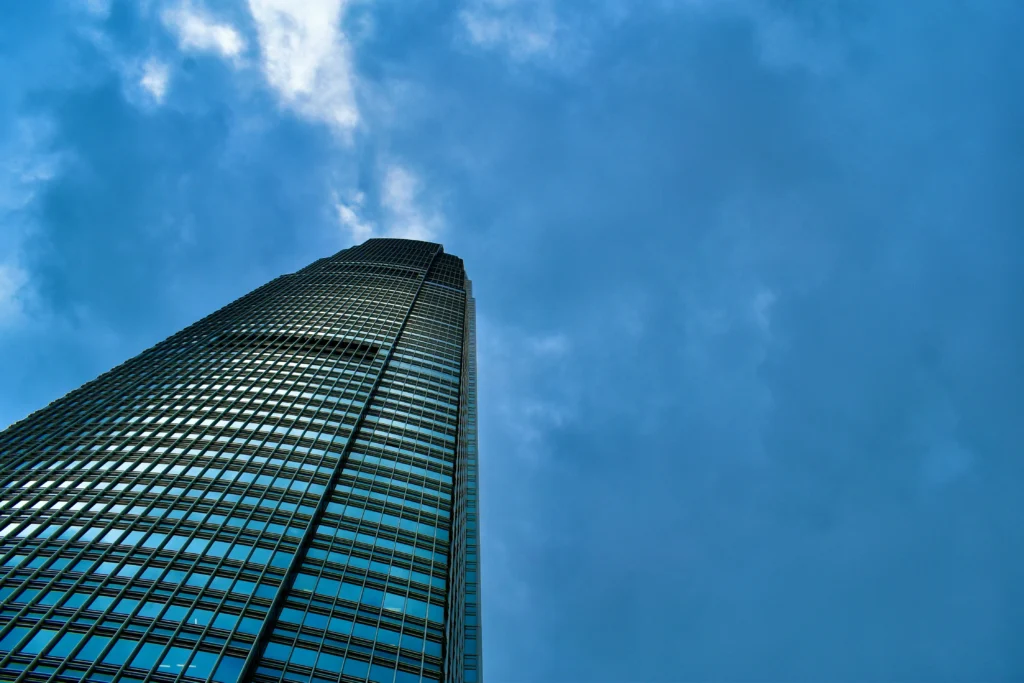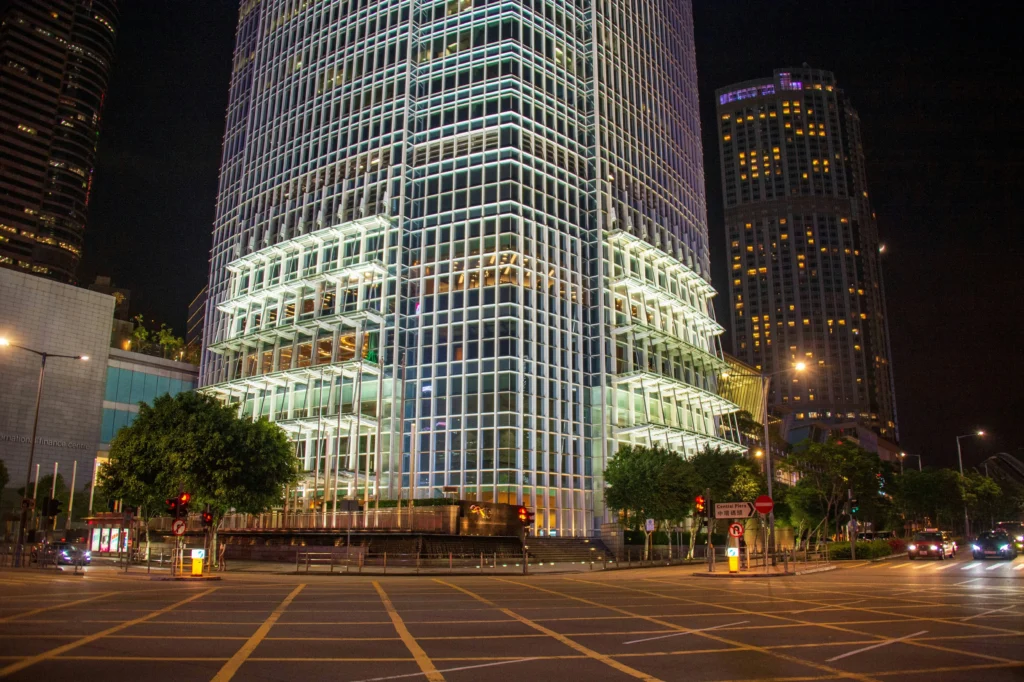What Is the IFC and Why Should You Care?
The International Finance Corporation (IFC), that’s part of the World Bank Group, is silently transforming the way that finance operates within the world. The Fed and IMF get a lot of press, but the IFC is the one that is really making a difference in the development of the private sector, especially in nations that are developing.
Based in Washington, D.C., the IFC plays a vital role in financing businesses that banks often ignore. Think of it as the venture capitalist of the developing world—but with a mission to fight poverty, create jobs, and promote sustainability.
IFC Just Pledged $62 Billion in 2025: What That Means for You
In fiscal year 2024, the IFC hit a record high—investing $56 billion into global markets. But it’s not stopping there. For 2025, the target is a whopping $62 billion, focused on climate finance, infrastructure, green energy, and emerging startups.
This surge in funding tells a larger story: IFC is becoming a financial giant, investing more than many Wall Street banks in high-risk, high-impact ventures.
What Does the IFC Actually Do?
Let’s break it down.
The IFC provides loans, equity, and advisory services to businesses that improve lives. That might mean helping a hospital in Kenya, financing solar power in India, or scaling microfinance in Vietnam.
Core services include:
- Direct Investments (loans, equity)
- Syndicated Loans
- Green bonds & ESG financing
- Public-Private Partnerships (PPP)
And the best part? The IFC doesn’t just throw money—it brings in private capital through “mobilization,” helping commercial banks invest where they normally wouldn’t.

IFC and Climate: A Billion-Dollar Green Push
If you care about sustainability, the IFC is the quiet leader in climate finance.
- Since 2005, IFC has committed $32 billion to green projects.
- It has mobilized an additional $26 billion in private sector green funds.
- Its Green Bond Program has raised billions from ESG investors across the U.S. and Europe.
The focus? Clean energy, sustainable agriculture, green buildings, and water systems in developing nations. It’s not just about saving the planet—it’s about building a future-proof economy.
Is the IFC Trustworthy?
Yes—and it’s rated AAA by credit agencies like Moody’s and Fitch. It’s also backed by 186 countries. That gives the IFC the financial strength to invest during global downturns, like COVID-19 or the 2023 global credit tightening.
Plus, the IFC emphasizes governance, transparency, and measurable impact. All projects must pass a strict Environmental & Social Risk framework.
The Challenges: Is the IFC Too Big?
No organization is perfect.
Some critics say the IFC may “crowd out” local banks by financing deals they might have otherwise taken. Others argue it still hasn’t cracked the code on attracting enough private investment in high-risk zones.
And while the IFC champions gender equity, climate action, and transparency—its bureaucracy can slow project approvals.
Still, the IFC’s ability to drive large-scale investments in markets that need them most makes it a unique powerhouse in development finance.
IFC in 2025 and Beyond: What To Expect
Expect more climate-related equity investments, more partnerships with U.S. banks, and deeper focus on Africa, Asia, and Latin America.
The IFC is also exploring blockchain, digital finance, and sustainable agriculture technologies.
In 2025, they aim to scale:
- Tech startups in Africa
- Female-led businesses in Southeast Asia
- Renewable energy infrastructure in Latin America

Why This Matters to You
If you’re a U.S. investor, policy watcher, or sustainability advocate, understanding the IFC gives you a unique lens into how global money flows work—outside the headlines.
- Want to invest in green finance? Follow IFC bonds.
- Interested in global development? Watch IFC projects.
- Running a startup abroad? IFC might fund you.

Final Takeaway
The International Finance Corporation (IFC) may not be a household name, but it’s one of the most important organizations that has helped make global finance more sustainable and open to everyone. As 2025 is on, this $62 billion dollar giant is one to watch for both its impact and its potential.
Q1: Is the IFC part of the U.S. government?
A: No, but it is headquartered in Washington, D.C., and the U.S. is its largest shareholder.
Q2: What’s the difference between IFC and World Bank?
A: The World Bank lends to governments. The IFC funds the private sector in developing nations.
Q3: Can U.S. businesses partner with the IFC?
A: Yes, especially if they operate in emerging markets and follow ESG principles.
Q4: Is the IFC profitable?
A: Yes. It has a strong balance sheet and regularly earns returns on its equity and loan portfolio.

